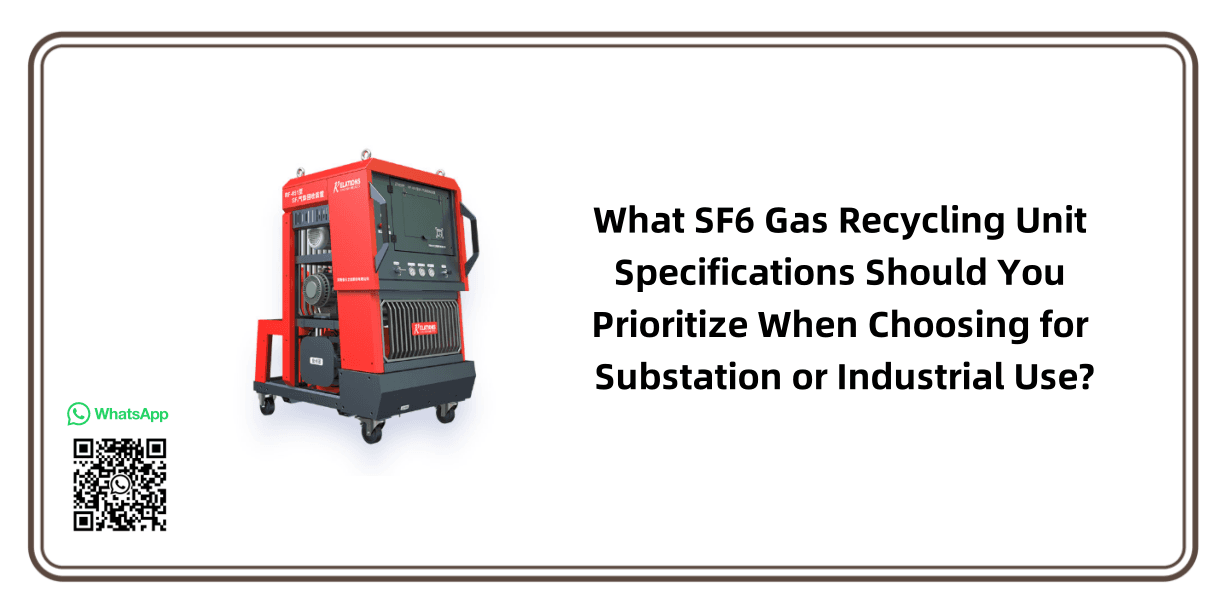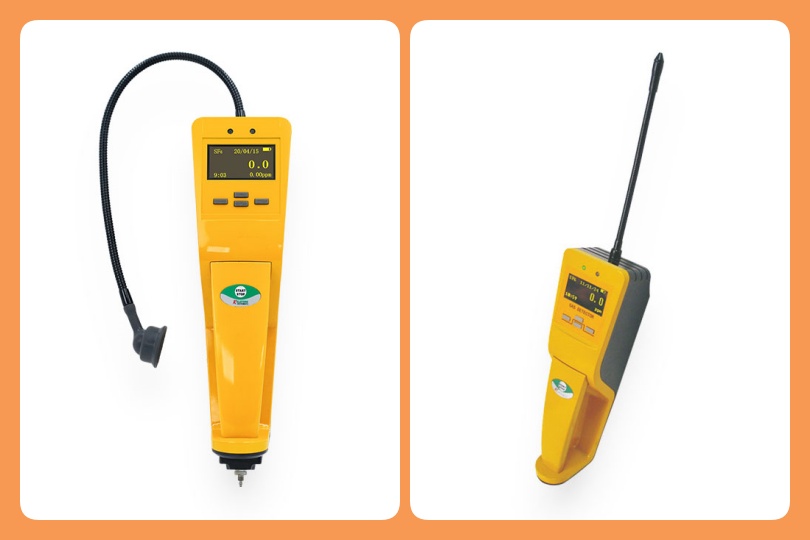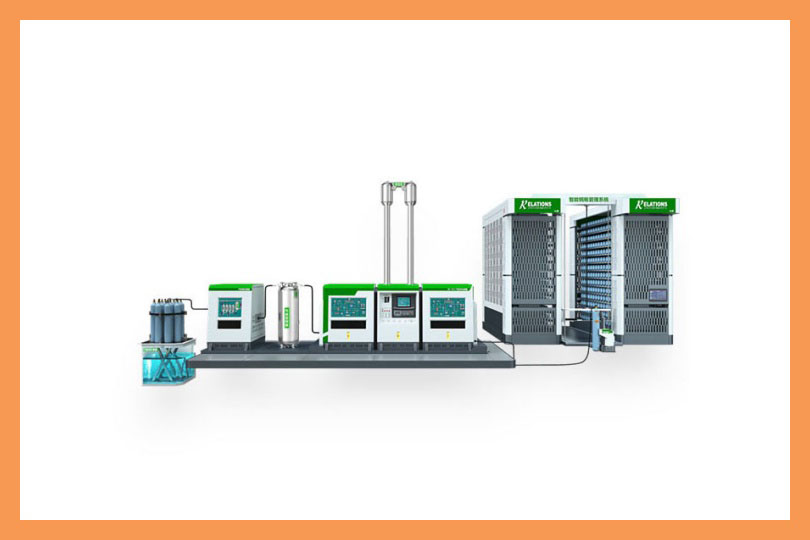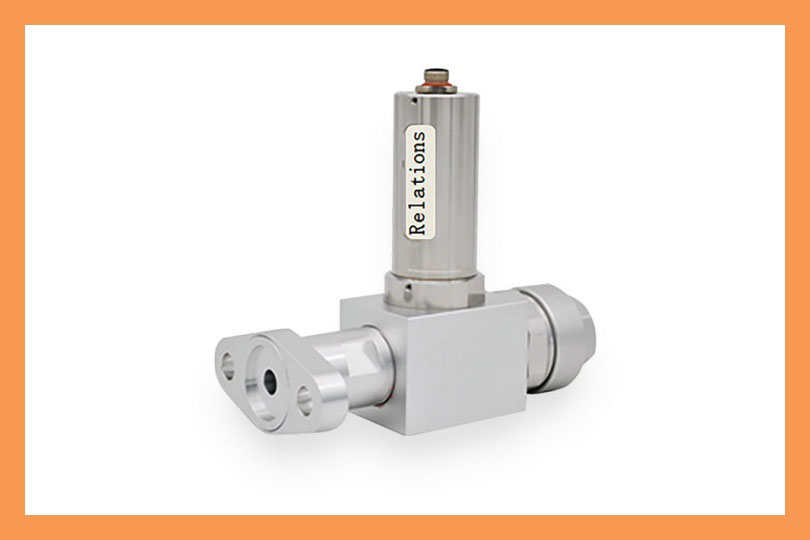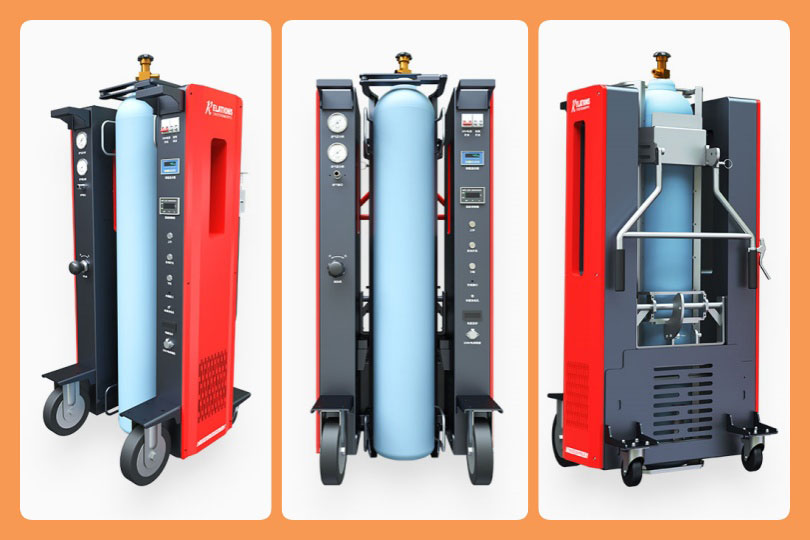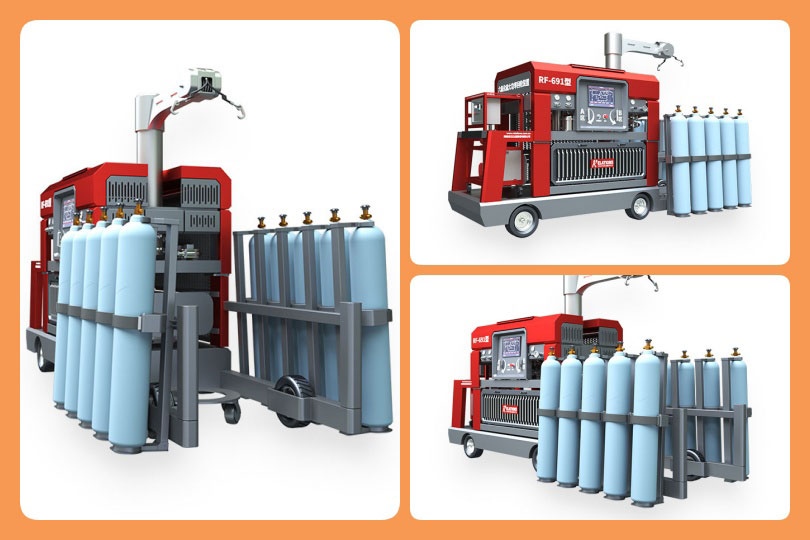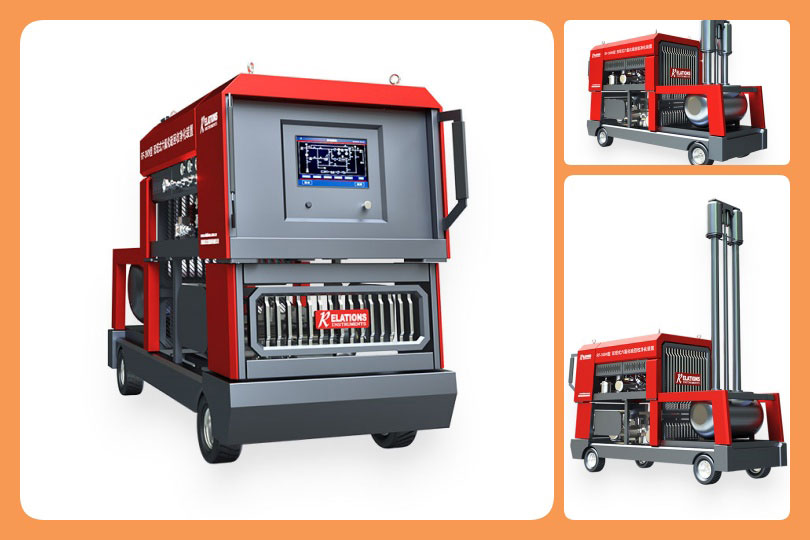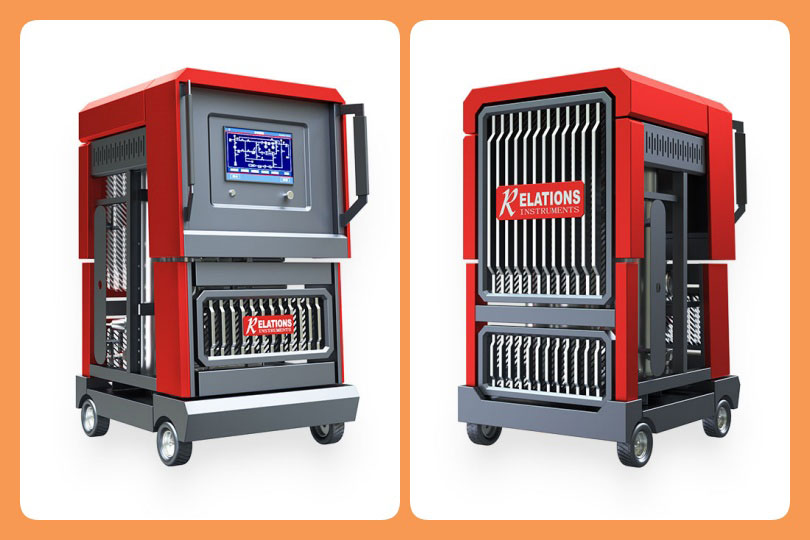Need Help: Providing Innovative and Sustainable Solutions.
Office Hours: 08:30am-6:00pm
What SF6 Gas Recycling Unit Specifications Should You Prioritize When Choosing for Substation or Industrial Use?
Date
2025-08-29
[email protected]
Website
www.sf6gasdetector.com
Get Solutions And Quotes
What SF6 Gas Recycling Unit Specifications Should You Prioritize When Choosing for Substation or Industrial Use?
SF6 (sulfur hexafluoride) is a critical insulation and arc-quenching gas in high-voltage electrical equipment, but its high global warming potential (GWP) demands strict recycling to reduce emissions. The performance of an SF6 gas recycling unit depends entirely on its specifications—making “SF6 gas recycling unit specifications” a core consideration for power utilities, industrial facilities, and environmental compliance teams. Below is a breakdown of the most critical specifications to evaluate, aligned with global standards and practical operational needs.
1. Core Performance Specifications
The foundational specs of an SF6 gas recycling unit directly impact recovery efficiency and gas quality:
- Gas Processing Capacity: Measured in cubic meters per hour (m³/h) or kilograms per hour (kg/h), this spec defines how much SF6 the unit can handle. For small to medium substations, units with 5–10 m³/h capacity suffice; large power plants or industrial sites require 15–25 m³/h models to match high-volume equipment (e.g., GIS switchgear).
- SF6 Purity & Purification: Post-recovery purity must meet IEC 60480 standards (≥99.9% SF6 purity) to enable reuse in electrical equipment. Supporting specs include a built-in drying system (dew point ≤-40°C) and oil filtration (oil content ≤5 ppm) to remove moisture and contaminants that damage insulation.
- Vacuum Level: A critical spec for minimizing residual gas—top-tier units achieve an ultimate vacuum of ≤1 Pa, with a vacuum pumping speed (e.g., 20 m³/h) that ensures equipment holds ≤50 ppm residual SF6. This reduces emissions and avoids cross-contamination during refilling.
2. Compliance & Safety Specifications
Global regulations (e.g., EU F-Gas Regulation, China GB/T 36047) mandate specific specs to limit SF6 leakage and ensure operator safety:
- Recovery Rate: Mandated to be ≥95% by most regional standards, this spec measures how much SF6 the unit captures from equipment. Units with integrated pressure control valves maintain stable recovery rates even as equipment pressure drops.
- Leak Rate: To prevent fugitive emissions, the unit’s static leak rate must be ≤1×10⁻⁹ Pa·m³/s. High-quality units include leak detection sensors that trigger alerts if seals or hoses degrade.
- Safety Features: Non-negotiable specs include overpressure protection (safety valve set at ≤1.2 MPa), temperature control (compressor auto-shutdown at ≥80°C), and electrical insulation (IP54 rating for outdoor use) to protect operators and equipment.
3. Operational Adaptability Specifications
Practical use cases require specs that match on-site conditions:
- Mobility: For fieldwork (e.g., substation maintenance), units should have a wheeled or trailer-mounted design (weight ≤1,500 kg) with ergonomic handles for maneuvering in tight spaces.
- Automation: PLC-controlled units with touchscreen interfaces simplify operation—key specs here include real-time data monitoring (purity, pressure, temperature) and automatic shutdown if specs deviate from setpoints.
- Compatibility: The unit must support common SF6 equipment connections (e.g., DN15/DN20 valves) and be compatible with SF6 gas cylinders (ISO 7291 standard) for storage of recycled gas.
Choosing a unit that meets these specs ensures more than compliance—it reduces operational costs (by reusing SF6 instead of buying new) and lowers environmental liability. When searching for “SF6 gas recycling unit specifications,” prioritize models that align with IEC, F-Gas, and local standards, and match capacity to your equipment’s SF6 volume. By focusing on these critical parameters, you select a unit that delivers long-term efficiency, safety, and sustainability.
Realize The Recycling Of Sf6 Gas
